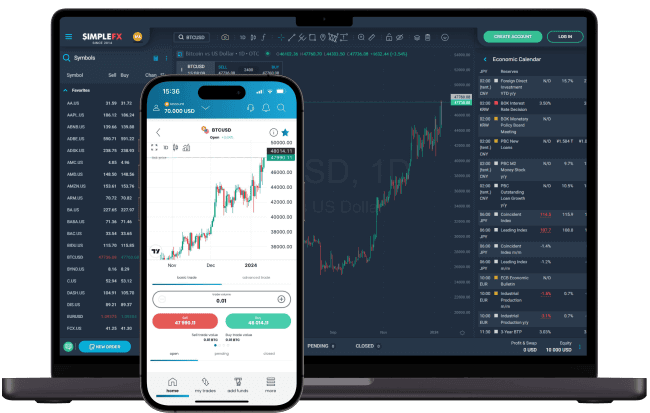USD/NOK price
USDNOK Key Statistics
Trading hours
Symbol trading specification
About USDNOK
The USDNOK is the currency pair of the United States and Norway. It shows the exchange rate between the two currencies, i.e., the number of NOKs required to buy one USD. Knowing about the exchange rate of currency pairs is essential as it helps set the budget for traveling between the countries, businesses, and trading. However, it must be noted that the exchange rate keeps changing over time. Traders must conduct thorough research before investing in the pair to avoid financial loss.
What is USDNOK?
The USDNOK is a minor currency but is still actively traded in the forex market compared to other minor pairs. It has decent liquidity due to the economic significance of the U.S. and Norwegian economies. Moreover, the pair exhibits a correlation with other currencies as well. For instance, it correlates positively with USDCAD and USDSEK and negatively with EURUSD. However, these correlations are temporary, as investors who want to learn how to invest in USDNOK should pay attention to factors affecting the exchange rate. The USDNOK exchange rate is never constant. In a single trading day, it changes multiple times. Different factors cause the exchange rate price to fluctuate. Some are commodity prices, economic data, interest rates, and geopolitical conditions, mainly focusing on Scandinavian countries.
How does USDNOK work?
The currency pair works by trading on various platforms, like SimpleFX. First, the trader needs to open an account. SimpleFX provides a demo account where investors can learn how to trade USDNOK. It gives access to the simulation of real-time market conditions without financial risks. Like all other currency pairs, the USDNOK works via trading pairs in the foreign exchange market, where investors and traders speculate on the fluctuation of exchange rates. When they find the right opportunity, they take the position on the pair by selling or buying it. Hence, in this way, they generate profit from exchange rate fluctuations.


